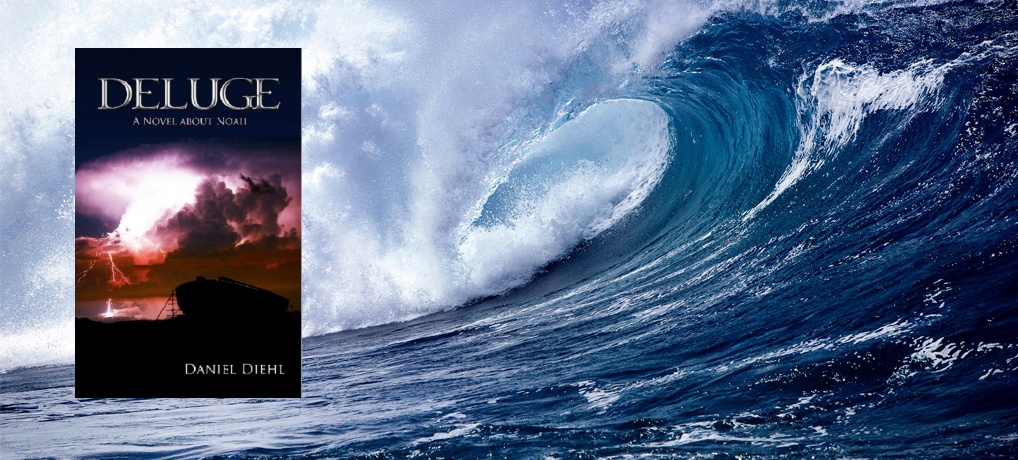 I love my role as a Sunday School teacher in my local church. The kids are a lot of fun to be around and their imaginations never cease to amaze me. I can’t tell you how many tea parties I’ve been invited to or how many building made of blocks I’ve witnessed destroyed by army men over the past few years.
I love my role as a Sunday School teacher in my local church. The kids are a lot of fun to be around and their imaginations never cease to amaze me. I can’t tell you how many tea parties I’ve been invited to or how many building made of blocks I’ve witnessed destroyed by army men over the past few years.
One of the things I like best about teaching Sunday School is being re-introduced to Bible stories that I haven’t heard much about since I was a kid. From Zacheus, who had to climb an olive tree to see Jesus’ procession into Jerusalem, to the giant Goliath, who was defeated by a young shepherd boy named David. One of the stories the kids like best is Noah’s Ark, the story of when God was so fed up with the wicked ways of man that he destroyed the whole Earth by water save Noah, his small family and 2 of every creature that walked the earth of flew in the air.
I was surprised that Daniel Diehl, author of Revelations: The Merlin Chronicles Book One, recently released a book called Deluge
, the fictional telling of Noah’s Ark. While some elements of the story are completely imagined by the author, this telling of a classic story is both eye-opening and insightful.
In this book Noah is an atheist patriarch of a pagan family in a small desert civilization called Erudu. His life is simple and consists mainly of tending to his vineyard set up just outside the family compound. One day, while tending to the vines, he hears the voice of God telling him that He wishes to employ Noah for a task.
This once skeptical old man who refused to take part of pagan religious ceremonies that his family attended now becomes a believer in an all-powerful God. Noah’s first task is to visit a nearby large city so that Noah can see first-hand just how far has fallen in morality. When he witnesses murder, idolatry and the indifference of the people, Noah begins to understand why the mankind must be destroyed.
After Noah receives instructions on how to build the ark, he is visited by strangers who bring supplies and knowledge to assist in the build. They are unlike others that Noah had ever encountered in his 600 year old life and his family as well as his neighbors seemed frightened of them. They help Noah for three years to build the ark in a meadow that is right behind the family compound.
Once the ark is built God send Noah and his three sons to all four corners of the earth to gather the animals that must come along. When the animals arrive, Noah chooses two of every kind and escorts them inside the ark to be penned. When the last animal is selected, the rains begin to fall.
As the flood begins Noah’s family is trapped in the ark along with thousands of wild animals. Although it does take long for the feral dogs to warm up to the family members, other animals such as elephants, tigers and hyenas take a little longer to become acquainted with. For forty days and forty nights Noah and his family care for the animals and rely on the rains to serve as a fresh water supply for all on board. The work load continually increases for the family as the rains eventually subside and the animals begin to multiply.
When the ark hits solid ground the family understands that they are saved and that they must again begin their lives. The promise of new life and a fresh start with God at the center is how Diehl leaves us in the story.
Diehl explains that he uses the Bible, interpreted Dead Sea Scrolls and cultural stories of a great flood to create the shell of the story. But he goes beyond these interpretations by really bringing the story to life with explaining how the rain water was captured for supply, how the ark was kept upright when thrashing around in the newly formed waves even what seismic activity may have contributed to the flood itself. A master at taking an old story or folktale and turning into a story complete with details and explanations is one of Diehl’s strengths. Although a large portion of this story is fictionalized it keeps with the original theme of the story we know and doesn’t detract from the graciousness or power of God.
What cultural folktale or historical story would you like to see fictionalized and turned into a novel?

